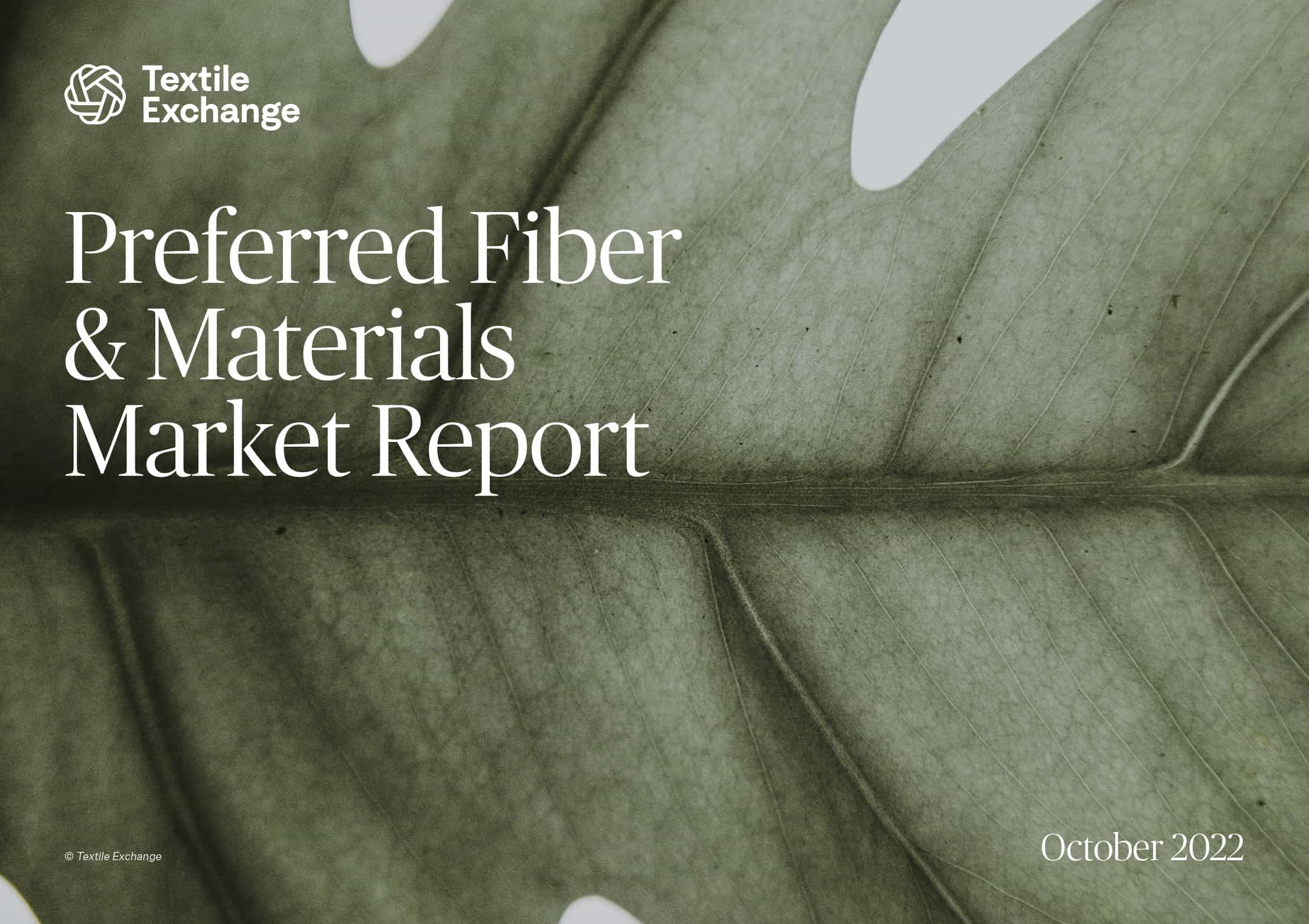
Last week, Textile Exchange introduced the newly updated Preferred Fiber and Materials Matrix (PFMM), a dynamic platform aimed at fostering a comprehensive understanding of certified material choices within the sustainability landscape. Designed as an open-source tool, the PFMM evaluates sustainability standards across 80 indicators, encompassing both quantitative metrics based on life cycle assessments and qualitative criteria addressing management systems and monitoring.
Beth Jensen, Climate+ Impact Director, emphasized how this tool empowers brands to make more informed decisions in material sourcing while allowing system owners to gauge their alignment with industry peers in terms of sustainability goals.
The latest iteration of PFMM introduces refreshed methodologies for evaluating impact indicators spanning climate, water, chemicals, land, resource use and waste, biodiversity, human rights, and animal welfare, along with an essential new addition called "initiative integrity," which measures the robustness and governance of each standard system.
Noteworthy in this update are the inclusions of human rights and initiative integrity, marking a significant evolution since Textile Exchange adopted the PFMM in 2020. The tool has undergone substantial updates supported by expert insights from organizations like ZDHC for chemicals.
Evaluating Impact Areas and Enhancements to PFMM
The PFMM assesses each impact area on a 100-point scale, offering a nuanced perspective within each specific area rather than an overall performance rating for each standard system. Sam Pettifer, Senior Manager of Climate+ Impact Tools, emphasizes the importance of focusing on individual impact areas and understanding the strengths and weaknesses of each standard system.
This update signifies Textile Exchange's complete in-house development of the PFMM, no longer relying on indicators from external certification assessment tools. The user interface has also been improved for better usability, including the separation of previously paired standards, enabling users to assess the performance of each independently and explore potential synergies across different supply chain tiers. It's important to note that standard systems are not a panacea for the complex environmental and social challenges in the supply chain. They should be viewed as one tool within a broader framework of due diligence strategies.
Navigating Standard Systems and Expanding PFMM's Reach
Textile Exchange acknowledges existing data gaps within the industry, especially in areas like climate, biodiversity, and human rights. While many standards have greenhouse gas reduction goals, they often lack details on monitoring, mitigation, and adaptation. Similarly, biodiversity standards need to focus more on protecting and restoring local habitats, and human rights protections need to be enhanced.
The next phase for PFMM involves expanding the assessment of standard systems within the cotton material category, a pivotal area for the industry. This expansion will include standards like CottonConnect’s REEL, the International Sustainability and Carbon Certification, and the U.S. Cotton Trust Protocol. Looking ahead to 2024, Textile Exchange aims to broaden the applicability of PFMM by incorporating additional standard systems, branded fibers, and sustainability programs. This expansion will require additional methodological adjustments to the tool.
Beth Jensen envisions PFMM as a vital component of Textile Exchange's Corporate Fiber & Materials Benchmark, offering benchmarking and shared direction for both standard systems and corporate users, ensuring a more sustainable and transparent future for the industry. In an effort to promote synergy, Textile Exchange plans to integrate PFMM within the materials benchmarks, further enhancing its value and impact within the sustainability landscape.